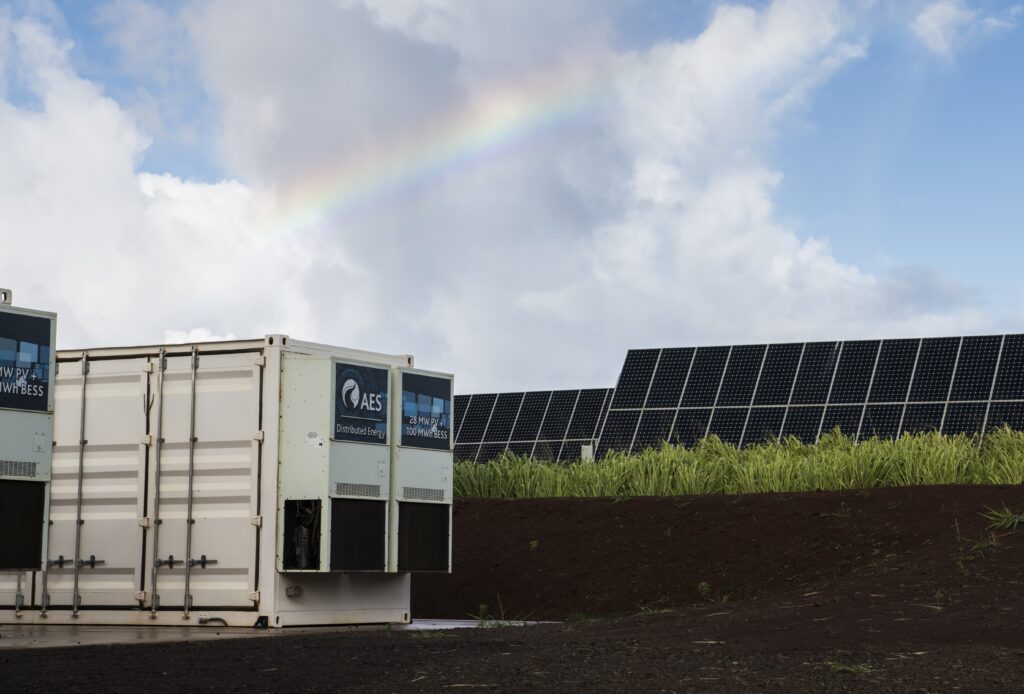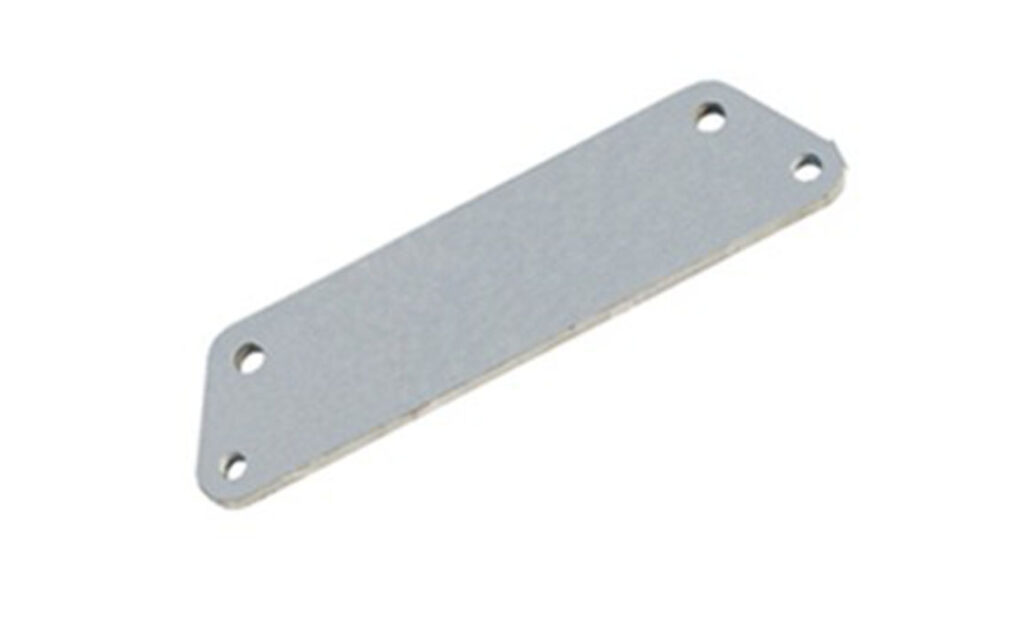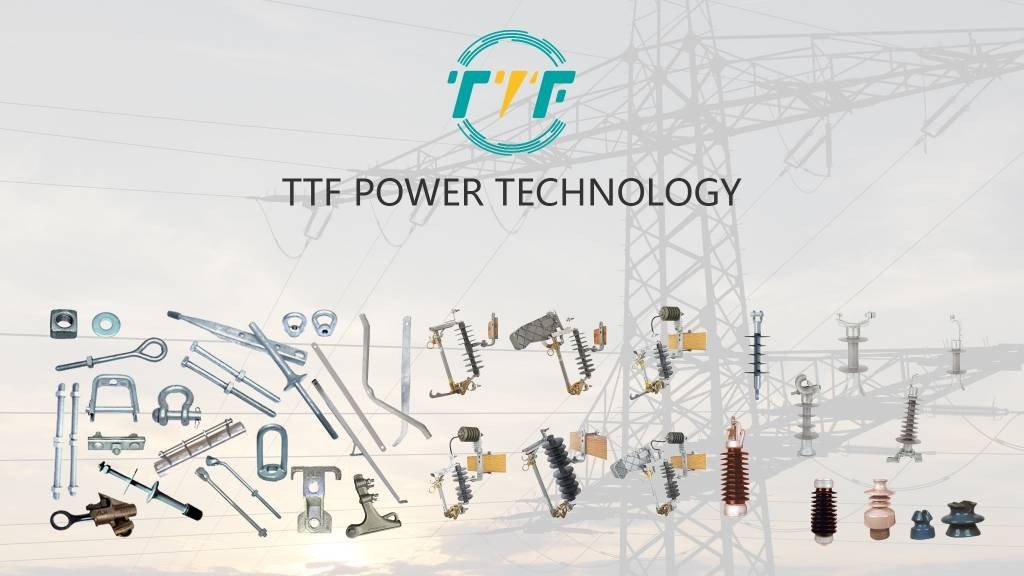
The Domeyko solar-plus-storage project by Verano in Chile features an 83 MW solar PV installation coupled with a 660 MWh battery energy storage system. This allows the nation to harness the abundant solar energy during peak sunlight hours and the storage of excess energy for use during low production periods. The project represents a significant investment of approximately $230 million and is expected to be operational by the end of 2026. This collaboration contributes to Chile’s broader objectives of diversifying its energy mix and reducing carbon emissions. The integration of battery energy storage systems in the project enables the storage of excess energy and its deployment during peak demand periods. The project is also addressing challenges such as energy reduction and grid stability to help the country achieve sustainable energy goals. A yoke plate supports the safe and efficient transmission of electricity from large-scale solar farms and BESS to the grid.
In large-scale solar-plus-storage projects, power generation and discharge from BESS can create fluctuations in electrical loads. A yoke plate helps distribute the loads to reduce mechanical stress on the transmission system. Yoke plates serve in insulator string assemblies to connect many insulators in high-voltage power lines. This ensures proper mechanical and electrical insulation between conductors and supporting structures. Yoke plates also serve in high-capacity transmission lines to allow for more solar energy and stored power to send to demand centers. The yoke plate must provide strong mechanical support to prevent power line failures during harsh environmental conditions like earthquakes.
The functions of a yoke plate in solar and storage projects
A yoke plate is a mechanical component used in the construction and installation of power infrastructure, solar, and storage projects. It ensures the structural integrity, stability, and functionality of solar panel mounting systems. It is able to provide strong, durable, and reliable connections to optimize energy generation and storage. They support the safe and effective deployment of renewable energy infrastructure to contribute to the clean energy goals. The following are the functions of a yoke plate in a solar-plus-storage project in Chile.

- Structural support and stability—the yoke plate connects and secures components of solar panel mounting systems. These include rails, frames, and support structures. The yoke plate provides a stable connection to ensure the solar panel remains securely mounted.
- Load distribution—solar panel arrays and storage systems face mechanical loads, including the weight of the panels. The plate helps distribute the loads across the mounting system and reduce stress on individual components.
- Integration with tracking systems—yoke plates connect the moving parts of the tracker to follow the sun’s movement.
- Support for energy storage infrastructure—yoke plates serve in the construction of storage system mounting structures for battery units. They provide stability and alignment for the components and ensure the safe and efficient operation of the storage system.
- Alignment and adjustability—the yoke plate allows for precise alignment and change of solar panels and ensures optimal tilt for greatest sun exposure.
Potential challenges facing the development of the solar-plus-storage project in Chile
The Verano project may face several challenges arising from technical and non-technical challenges. This is due to Chile’s unique geographic, regulatory, and environmental conditions. The project has the potential to make a significant contribution to Chile’s renewable energy goals. Addressing these challenges needs careful planning, innovative solutions, and stakeholder engagement. TTF is a world-class global provider of high quality overhead line hardware, transmission hardware, distribution hardware, conductors, insulators, cutout switches, anchoring and grounding products. Discussed below are the challenges the project may face during the development.

- Grid integration—Chile’s grid infrastructure in remote areas with high solar potential may not be able to handle the extra capacity from solar and storage projects. This will need transmission line upgrades to support the integration.
- Extreme weather conditions—the diverse climates in Chile include extreme conditions such as high UV radiation, temperature fluctuations, and sandstorms. This can affect the durability and performance of solar panels and storage systems.
- Technological risks—solar-plus-storage technology is evolving, and there may be risks related to the performance, efficiency, and lifespan of batteries.
- Energy storage degradation—Batteries used in energy storage systems degrade over time to reduce their efficiency and capacity. Putting in place advanced battery management systems using high-quality batteries can help address storage challenges.
- High initial costs—solar and storage projects need high upfront investment in solar panels, batteries, inverters, and other infrastructure. Energy storage systems can be expensive.
